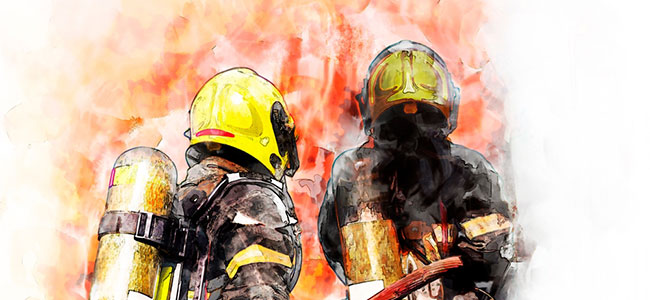
Page 3 of 3
Top Mistakes in Addressing Thermal Hazards
While harm reduction is important for any type of hazard, relying on these tactics alone leaves businesses exposed. It may only take a split-second for equipment to overheat or accelerant to ignite. When it does, the damage can quickly become catastrophic. For example, a fire can completely destroy a wind turbine in just a few minutes, and it takes less than one minute for a small fire to turn into a major event. And this doesn’t even scratch the surface of what blasts and other, more instantaneous thermal events can do. In short, thermal incidents can do significant damage in the blink of an eye. Therefore, preventing them from starting in the first place is the best way to mitigate their impact.
Leveling the field between proactive and reactive safeguards should begin with developing a holistic and comprehensive risk profile to contextualize and quantify thermal hazard risk within the enterprise ecosystem. This will help managers diversify their approach and split their investments between reactive measures (sprinkler systems, extinguishers and adequate fire exits) and proactive ones (remodeling or restructuring based on the results of infrared thermography evaluations, finite element analysis, gas dispersion modeling and re-engaging employees in comprehensive training). Balancing these two approaches can help managers ensure they’re taking steps to prevent ignition and be better prepared to respond if it happens.
About the Author
ABS Consulting Engineering Director Nelson Duran has over 18 years of experience supporting government, private and industrial facilities in the U.S and Singapore, performing advanced non-linear, dynamic and finite element analyses for a variety of problems. Using state-of-the-art finite element codes to analyze structures, structural components, facilities and equipment for a non-linear response when subjected to adverse loading conditions.